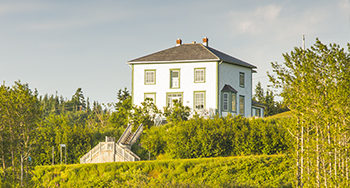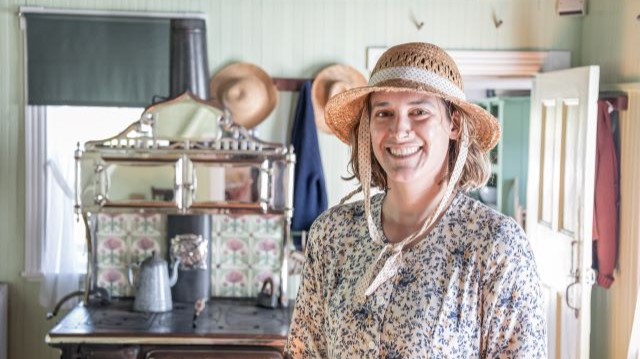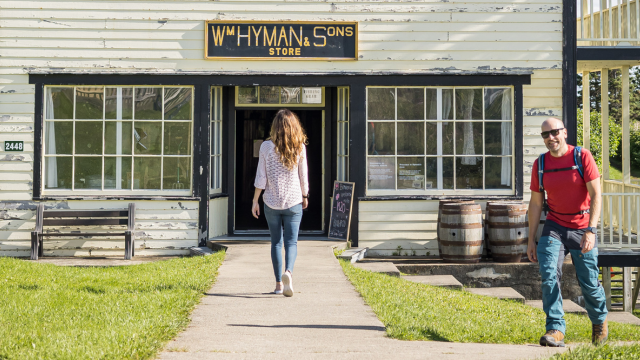
Grande-Grave - A typical Gaspé fishing village
Forillon National Park
European fishermen frequented the site of Grande-Grave from as far back as the French Regime. They were drawn by the cod banks close to shore as well as the haven represented by Gaspé Bay. They were also attracted Forillon peninsula’s coves and pebble beaches, which were ideal for fish-drying purposes (such beaches were called “graves” by French fishermen in North America, moreover).
In 1798, the Jersey-based company Janvrin set up for business at Grande-Grave and encouraged fishermen to settle there permanently. To ensure good return on their investment, fishing companies like Janvrin established several shoreline fishing stations and set up a system of credit for fishermen. As a result, fishing families settled in Forillon’s coves – and stayed.
Not long afterward, a second actor came on the scene at Grande-Grave. In 1845, William Hyman, a Russian Jew, set up a new fishing company modelled after those operated by the Jersey merchants. A few years later, Janvrin was taken over by William Fruing. Together, Fruing’s and Hyman’s companies hired upwards of 50 fishermen, thus making Grande-Grave one of the leading fishing stations at the tip of the Gaspé Peninsula.
For this village, the second half of the 19th century represented its “golden age,” when more than 400 people inhabited Grande-Grave (which also encompassed the hamlets of Petit-Gaspé, Anse-Saint-Georges and the cove that since 1993 has been called L'Anse-aux-Amérindiens). The village was bustling with activity. Under the control of the two main companies, seasonal and year-round fishermen, fishermen farmers, clerks, tradesmen and their families set about catching and processing (i.e., salting and drying) cod for mass export to Italy, Spain and the Caribbean in what became known as the famous “Gaspé Cure.”
Historic buildings in the Grande-Grave area
Visit our exhibits and travel back in time in the company of our enthusiastic guide-interpreters! Grande-Grave’s authentic houses and buildings are the last standing reminders of a fishing village once common along the Gaspé coastline.
Related links
- Context to the creation of Forillon National Park
- The Mi'gmaq and their ancestors - Forillon’s first...
- The French Regime - The first fishing stations
- The English Regime - Families take root
- Archaeological heritage of Penouille
- L'Anse-au-Griffon Valley - Living from the land and the...
- Cape Gaspé - A lighthouse at Land’s End
- World War II at Forillon's gate
- World War II at Forillon's gate
- A heritage building had to be relocated at Forillon
- Date modified :


